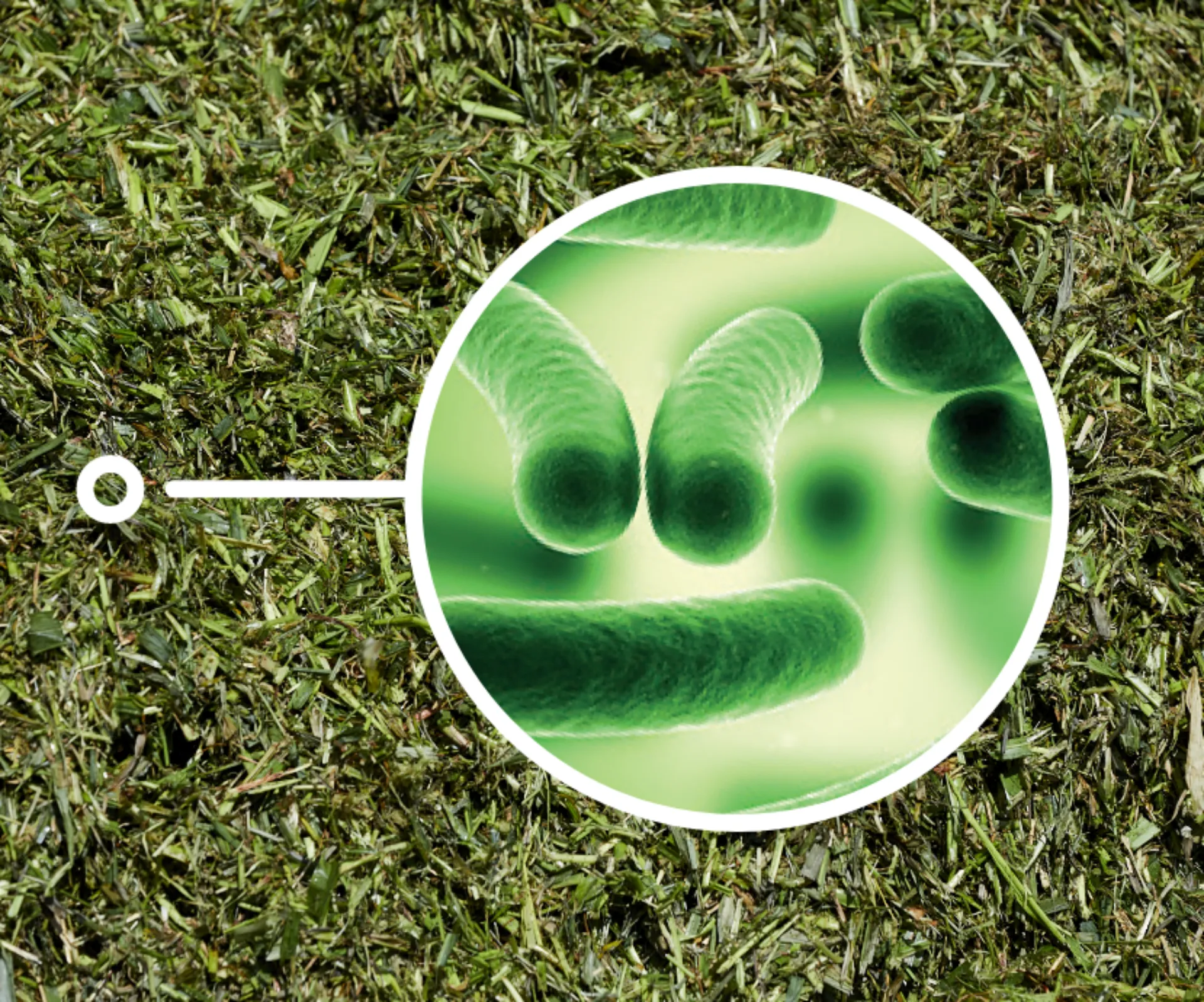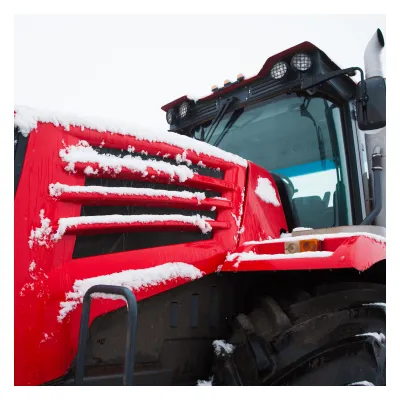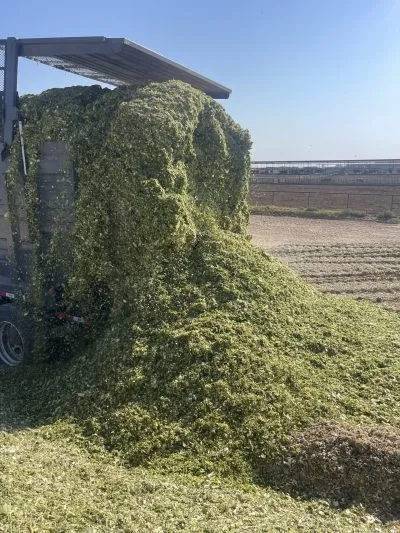Overcoming hard-to-ensile forages
No matter how hard you prepare, some forages are just naturally hard to ensile. Grass and legume forages are designed and managed in a way that makes it particularly difficult to be successful fermenting and ensiling. Here’s how to handle some of your hard-to-ensile crops.

Noting and controlling butyric acid is key to handling hard-to-ensile forage. If you have been to a silage bunk or pile where butyric acid is present, you most likely remember the fishy, rancid smell that comes along with it. Butyric acid doesn’t only signify unpalatable silage, but also a lack of nutrients. Between the potential for decreased animals’ intake and the decrease of carbohydrates, sugars and proteins that were present, silage with butyric acid is a definite situation to avoid.
These characteristics, while sometimes beneficial, can lead to a difficult fermentation when uncontrolled:
- Higher moisture silage increases the chances clostridial fermentation.
- Because these forages need to be wilted, the potential contamination with soil is greater. Soil contamination increases the clostridia coming in from the field. It can be introduced when mowing heights are low, when tedding and when picking up the swath. Ash concentration is an indication of soil contamination.
- Water-soluble carbohydrates (WSC) are a main substrate during fermentation that are converted into lactic acid and acetic acid, thus the concentration of these sugars is critical for achieving low pH.
- Although a high protein content is desirable for feeding cows, combined with a low sugar content and high ash, it acts as a buffer at the silage fermentation process.
Figure 1. Abundance of bacteria genera of triticale silage stored for 90 days at low and high dry matter (DM).
 _________________________________________________
_________________________________________________

HOW CLOSTRIDIA LEADS TO BUTYRIC ACID
The following factors create an opportunity for a slow initial pH drop, and therefore a chance for clostridia to take over and drive butyric acid fermentation. There are three types of clostridia that contribute to these challenges:
- (e.g. C. sporogenes and C. bifermentans) is a group of bacteria that feed on plant carbohydrates, proteins and some sugars. They thrive in a pH greater than 5, so prior to the initial fermentation drop. As a result of consuming carbohydrates and proteins, they produce acetic acid, butyric acid and interestingly, ammonia.
- (e.g. C. butyricum, C. beijerinckii) is a group of clostridia that mostly utilize plant carbohydrates and sugars. They are most active in a pH greater than 4.5 and produce acetic acid and butyric acid that can compromise your silage quality.
- (e.g. C. tyrobutyricum) is a group of clostridia characterized by the ability to ferment a limited number of plant sugars and have a robust fermentation of lactic acid. These bacteria can survive in a pH of 4.2 and higher, threatening some hard-earned lactic acid produced in the initial phases. This leads to acetic acid and butyric acid production.
HOW TO CONTROL CLOSTRIDIA
The common theme here is that clostridia can be harmful to fermentation in numerous ways. A rapid decline in pH is the best way to combat the potential of clostridia. However, due to the variety of clostridia groups previously mentioned, it’s important to gain control over the acid production that leads to a pH drop and actively control these bacteria groups. That’s where bonsilage FORTE comes in.
WHY TREAT HAYLAGES WITH FORTE?
Our bonsilage FORTE contains Lb. plantarum, Pc. acidilactici, and Lc. lactis. Lb. plantarum and Pc. acidilactici work to produce sufficient lactic acid that quickly drops the pH and sets up forage for a great fermentation. Pediococcus species contributes to initial fermentation, making fast pH decline easier, however they thrive in higher pH ranges (> 4.5), and thus they won’t show up as a major genera in the microbiome of low pH silages. The Lc. lactis forms antimicrobial peptides, which acts as an agent to subdue clostridial growth and therefore butyric acid production. As a whole, FORTE provides a combination of bacteria perfect for combating difficult to ensile forages and clostridia.
Figure 1 shows the abundance of bacteria genera in triticale silage fermented for 90 days, untreated or treated with FORTE. Control silages microbiome, either low or high dry matter, were dominated by Weissella, a genus of lactic acid bacteria. Species of Weissella are common in silages, but its lactic acid fermentation is very inefficient. Enterobacteria abundance is remarkable in untreated silages as well. While they are also common in silages, greater abundance of these bacteria leads to a slow pH decline (Figure 2), because they compete with desirable bacteria, increasing DM losses. On the other hand, the microbiome of triticale silage treated with FORTE was dominated by the added bacteria, Lactobacillus and Lactococcus, driving the fermentation towards greater lactic acid production and rapid pH decline (Figure 2).
Figure 2. The effect of inoculation treatment and storage length on pH of triticale silage harvested at low and high dry matter (DM).

The rapid pH decline combined with the active protection against Clostridium that bonsilage FORTE provides is evident in treated silage (Figure 1).
For more information about controlling butyric acid and successfully ensiling your hard-to-ensile forage, schedule a chat with a silage expert HERE!


